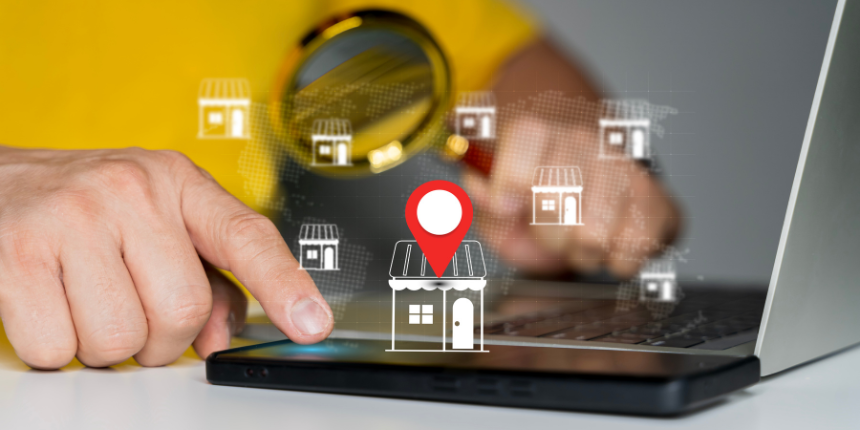
Maximize your local presence through strategic location management.

As recent hysteria around Instagram’s proposed algorithm change has demonstrated, to be successful, brands and businesses need to be ever present in users’ social media feeds. To do this, they must be creating and curating content that is tailored to specific audience interests, preferences and locations, getting as focused as possible. We call this ‘microtargeting’, and increasingly the way to do this is through connecting with distinct content talent in the form of bloggers, Instagrammers and YouTubers.
Over the past couple of years particularly, more and more brands and businesses have begun to align themselves with social media influencers. This comes off the back of consumers expressing increasing preference for ‘authentic’, trusted opinion, over and above the voice of the brand itself. According to Nielsen’s latest biennial Global Survey of Trust in Advertising, which polled 30,000 online respondents in 60 countries, personal recommendation (trusted to some degree by 81% of UK respondents) remains the most trusted form of advertising or communication, with the credibility gap widening between it and other formats. It now stands alone as the only format trusted by more than 60% of UK respondents. Rather than relying on organic reach and push notifications, businesses should be earning attention and engagement through highly targeted in-feed content, and this couldn’t be more true at a local level. All multi-location businesses, of any size, should really be thinking about aligning themselves with location-specific influencers, if they’re not already. Here are a few tips on how to begin…
Working with influencers in any given vertical, such as fashion, food, travel, etc, is well established, but the local influencer space remains a largely untapped market. On the whole, this means local bloggers and Instagrammers, etc, are open to approaches and invites to collaborate. While it’s possible to manually search for bloggers in a given location, it can be a time consuming and laborious job, particularly if there are a multitude of localities to be microtargeting. It can be well worth trialing specialist engagement or monitoring tools such as Hootsuite or Traackr, or tapping into established influencer databases, which can scour the ‘about’ pages of bloggers, looking for mentions of target towns or cities.
Business should make it known that they’re on the lookout for local established influencers, who match the specific interests and preferences of their target audience. There are a variety of ways to do such a ‘shout out’, and it makes sense to begin with owned channels, publishing a blog post on the subject and sharing this via other social channels. Additionally, sites such as Bloggers Required allow brands and businesses to publish a request or brief for the sorts of influencers (bloggers particularly) they would like to collaborate with. It can be a simple way to hear from influencers who it might otherwise have taken some time to reach.
Subscribe to our monthly newsletter.
Relevancy is crucial with any microtargeting strategy. If budget is limited, working with one or two influencers who are highly focused on the target location can be far more beneficial than working with 20 who have a much broader geographic reach. So if Bournemouth is your target location, select a handful of well established Bournemouth influencers to work with, as opposed to a bunch of bloggers who are located all over the South, but who sometimes write about Bournemouth businesses.
There are many popular myths surrounding influencer marketing, and the most common is often in relation to how much it costs. While brands with bigger budgets can undoubtedly afford the price tags attached to the more powerful influencers, smaller brands can also optimise return on their investment if they adopt a smarter, more creative approach. Running a proof campaign initially, can be a good way to gauge how effective microtargeting can be.
Microtargeting on a location basis needs to take into account the varying needs and interests of individual towns and cities. Those living in big cities, for example, are likely to have different content preferences to those living by the sea, or in a small village. It’s important for a business to always think first about the audience they want to reach, before selecting the appropriate influencers to work with.
Maximize your local presence through strategic location management.
Maximize your local presence through strategic location management.
Subscribe to our monthly newsletter.